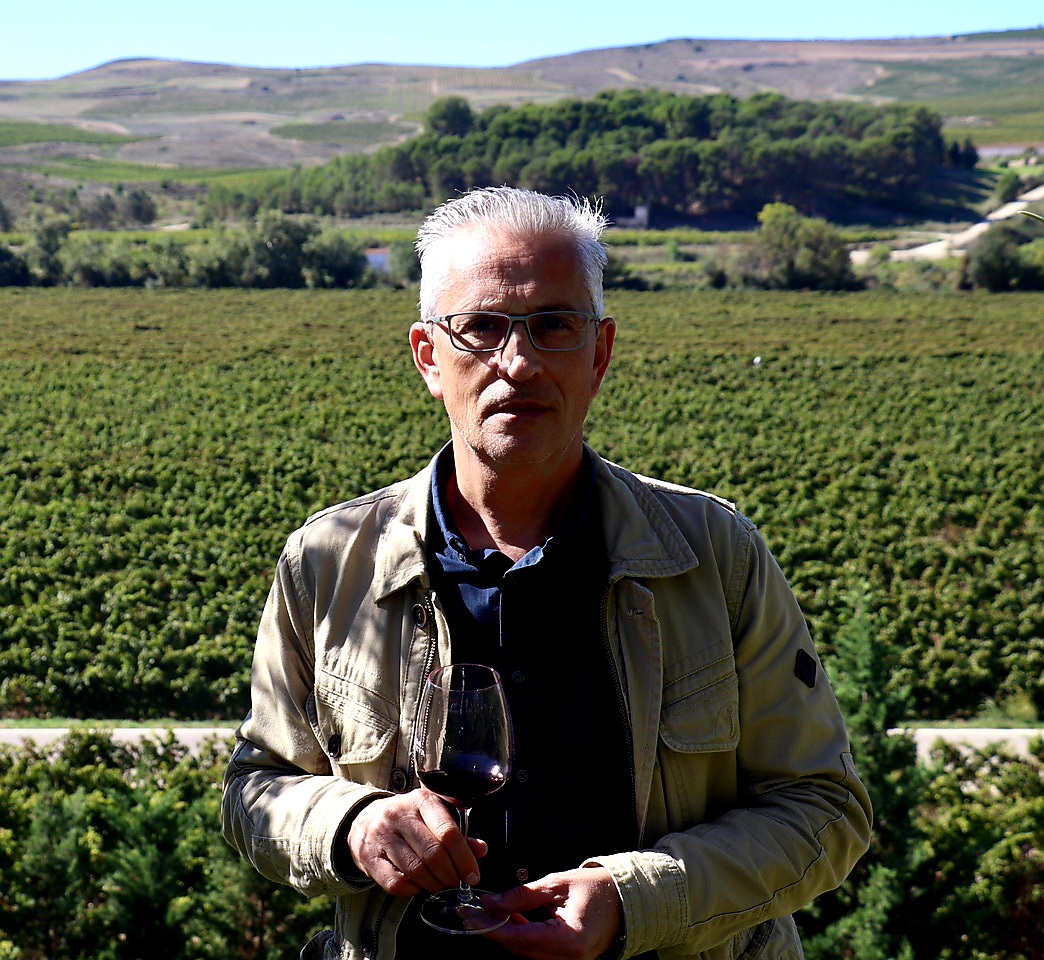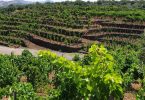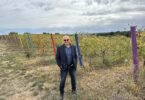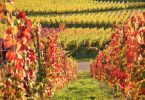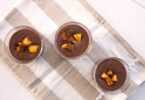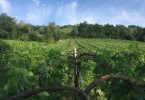The Wolf Post, supported by a Cultural Association, offers a professional service with free access, without subscription.
For this reason, a donation would also be a sign of appreciation for our work.
Oenologist, born in 1969, producer of kosher wines in the generous wine region of La Rioja, Jabier Marquínez is also the author of the book “The wine of the Bible”, published in Spain in 2010, a year later in English and, today, also available in Italian by Edizioni Ampelos.
Voted “Best in the World” at the Gourmand World Cookbook Awards, the volume offers an accurate “oenological” analysis of the sacred text and is one of the most interesting and innovative testimonies in wine literature.
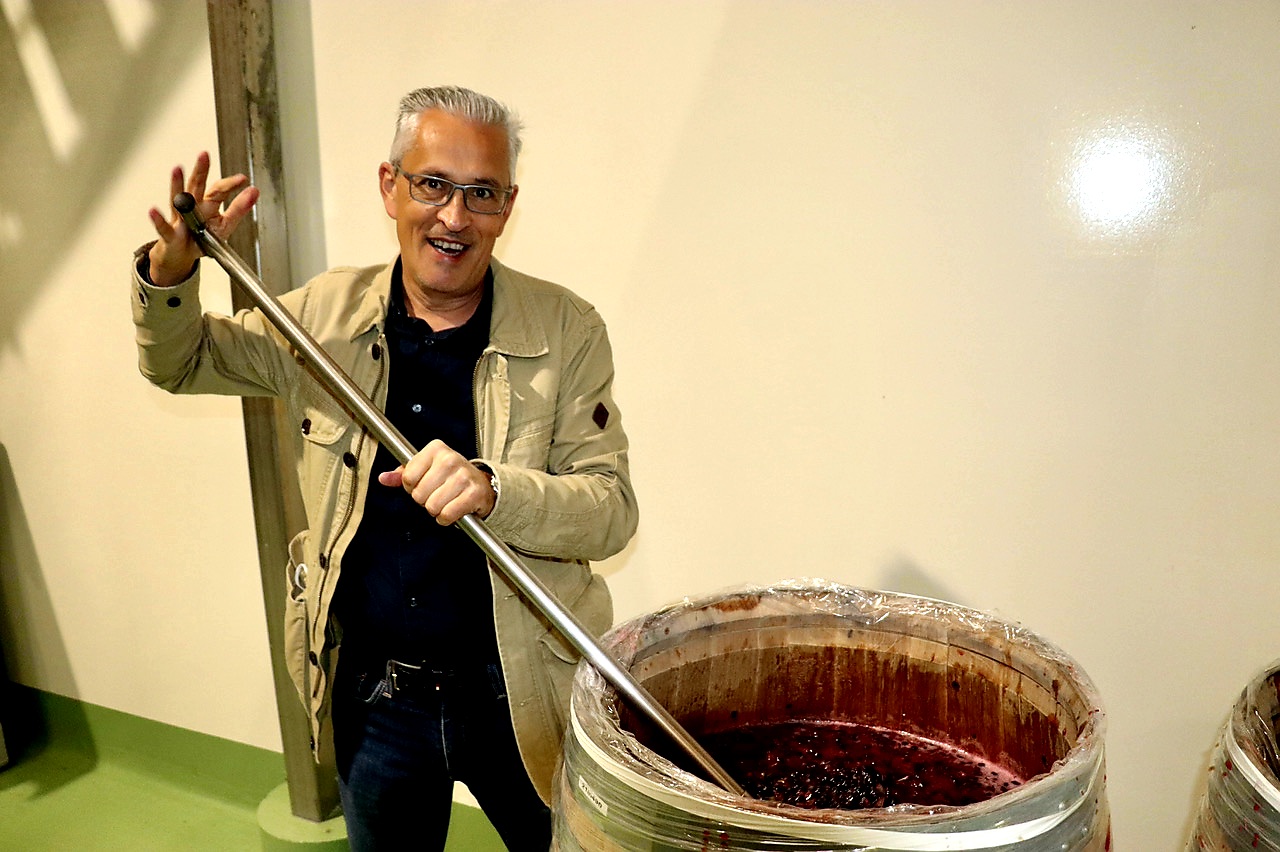
© Jabier Marquínez
When was your passion for the world of wine born?
I started studying oenology not because I liked drinking wine but because it encompassed almost all the disciplines I loved most: agriculture, physics, chemistry, microbiology, engineering, history, art, etc.
First of all, I liked wine as a product, its composition, the changes from grape to wine, and the reactions. I was lucky enough to have an oenology professor, Ernesto Arbulu, in love with wine as a cultural element and who told me many stories and anecdotes related to it. I loved his stories so much that I started reading everything I could find about the history of wine and about wine in history.
How did the idea of writing a book on wine in relation to the Bible come about?
The initial idea was not really to write a book. I read everything I found about wine and wrote about it: history, wine in painting, sculpture, architecture, music, literature, etc.
Of all the events related to wine, the one that struck me most was the relationship of wine with religions, especially with Christianity and Judaism, since I also make kosher wine. So, I read the Bible, noting everything I found about wine, vineyards, consumption…
In the end, I had so much material that I thought I could make an interesting book.
How did you organize your work on reading the Bible (very demanding text) and, later, your book?
I read the Bible in order, from start to the end, at first underlining on the pages but, since there were so many references, I began to write them on the computer. The truth is that I didn’t dwell too much on the content of the lyrics, I was more focused on things related to wine. Once I finished reading, I organized everything I found by themes, following the chronological order of the production of a wine, from the planting of the vine to the consumption of wine.
In your research/study of the Bible, regarding the themes of wine, what struck you the most?
Practically, everything you find has its interest but for me the most remarkable or curious thing is the following: they had deeds of purchase of the vineyards. They had already grafted, pruned, fertilized, etc.
The poor and the foreigners were seasonal workers.
The use of wine to wash clothes or to heal wounds. Those who had planted a vineyard were exempted from going to war. They went out at night, there was music in the taverns, they got drunk, they threw up…
Finally, the subtle eroticism of the Canticle of Sun is linked to wine.
Your book has just come out in Italy by Edizioni Ampelos, a land that, like Spain, has an ancient and noble wine making tradition. What reading tips can you give to Italian and International readers?
Read it without haste and in the order in which it is written. You can read one chapter at a time and on different days as there is no connection between them. Read it without prejudice. It is an oenological book, not religious book, suitable for believers and non-believers. Of course, read it with a glass of good wine close at hand.


